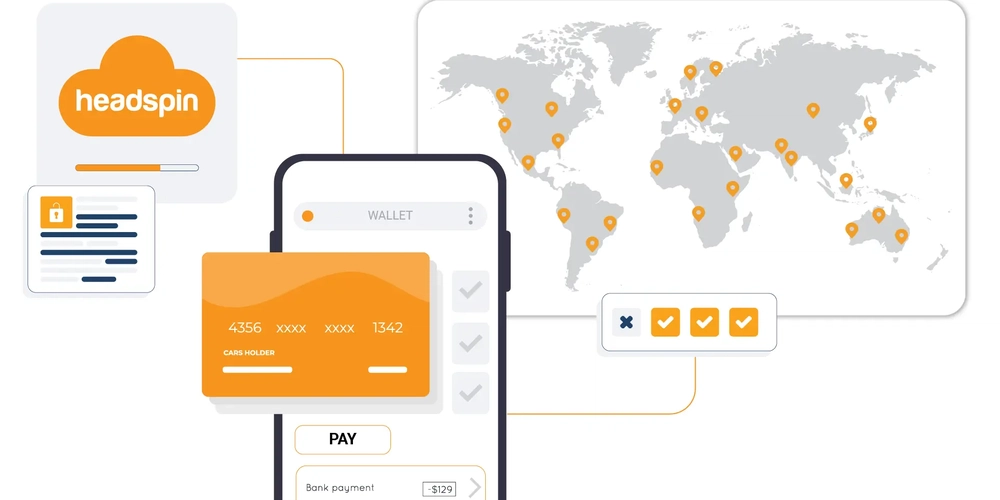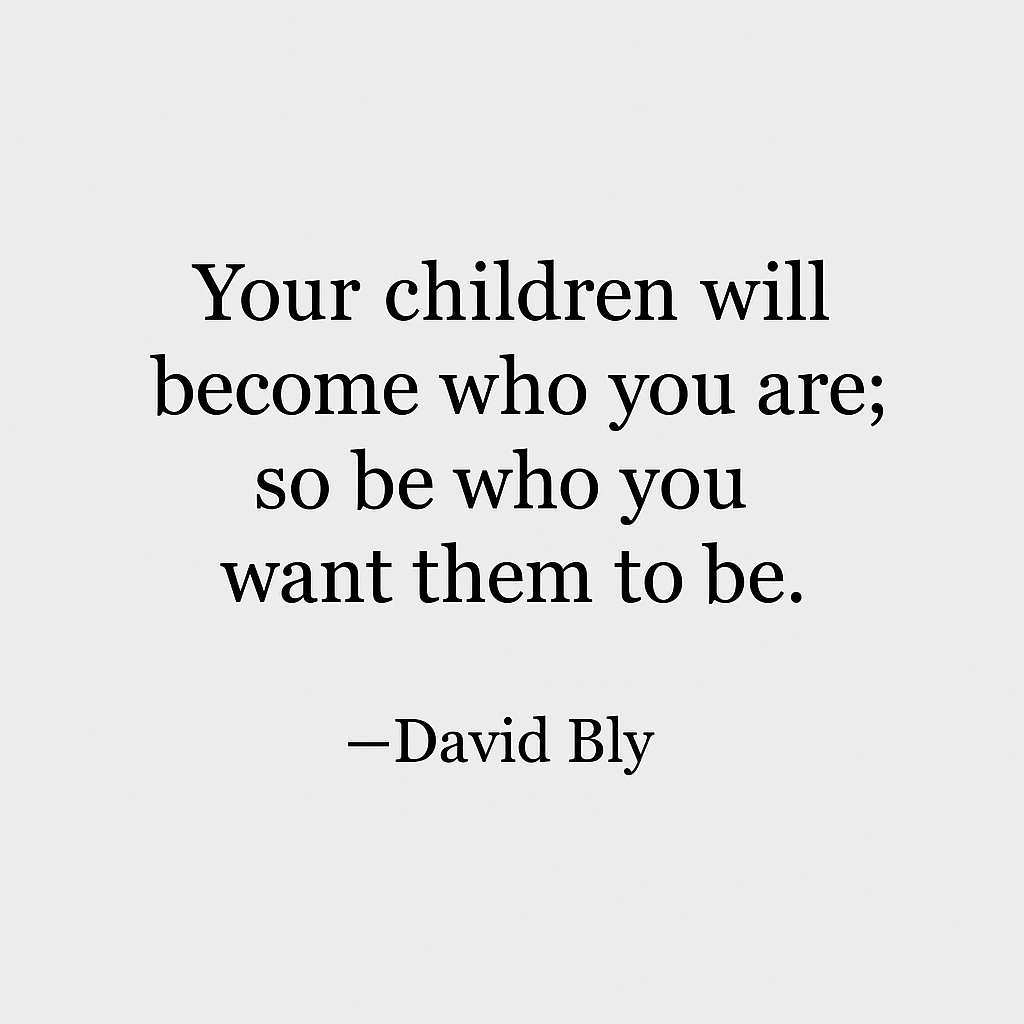From curiosity to clarity: Showcasing career paths to young learners
While I used to be deeply involved in CTSOs as an advisor and teacher, stepping into an administrator role has allowed me to continue engaging with students in a new way--judging events and witnessing their enthusiasm firsthand.


Key points:
- Every student will have a career someday, but no two paths are the same
- How CTE supports college and career readiness
- 5 ways kids will learn about careers in 2025
- For more news on career paths, visit eSN’s Innovative Teaching hub
A few weeks ago, I had the opportunity to judge a middle school competition for a
Career and Technical Student Organization (CTSO). While I used to be deeply involved in CTSOs as an advisor and teacher, stepping into an administrator role has allowed me to continue engaging with students in a new way–judging events and witnessing their enthusiasm firsthand.
This year, I judged the middle school career research event, which allows students to explore careers of interest by completing a career interest survey, researching a field, and presenting key details such as education requirements, job outlook, salary, and what a typical workday looks like.
The range of careers students presented was impressive and included jobs like
animators, hospice nurses, and lawyers. However, the most popular job by far was
being a doctor. Not just general practitioners–these middle schoolers aimed high and discussed specialties like cardiology, neurosurgery, psychiatry, plastic surgery, and anesthesiology.
While their ambition is inspiring, it raises important questions for educators, such as:
- What are alternative careers in a student’s field of interest?
- Is this career path truly the right fit for the student?
- What problems are students interested in solving?
- What are the student’s strengths, and how do they translate into a career?
Starting career exploration early
Elementary school: Building awareness
During my judging experience a few weeks ago, I met students who said they knew their career path since they were eight or nine. Not because they deeply researched it but because they were exposed to a job or career early in life. One student wanted to be a pediatric therapist because their sibling received those services. Another wanted to be a hospice nurse because her mother worked in hospice care.
In elementary school, highlighting a variety of careers to younger students is key.
Educators can introduce students to more careers by:
- Inviting guest speakers from different professions to the classroom
- Organizing field trips to businesses or organizations so students can see firsthand what a typical day looks like
- Developing community engagement opportunities where students can meet
professionals in different fields
The goal is to make career exploration fun, help students break away from what they know or are familiar with, and allow them to recognize their skills and interests while keeping their options open.
Middle school: Expanding exploration
As students progress to middle school, career exploration should become more
structured. Educators can help by encouraging students to:
- Take career interest inventory assessments to align careers with their strengths and interests
- Research career clusters to understand how different careers connect and what pathways exist
- Set short and long-term goals while exploring high school and postsecondary options
- Understand their learning styles, which can influence their career choices. For example, kinesthetic learners might excel in hands-on professions like carpentry or welding
Many middle school students in the competition chose medical careers. They
seemed to understand the demanding path ahead, which starts with an
undergraduate degree and ends with fellowships, totaling 12 to 14 years of school
and training. However, a common trend emerged:
- Nearly every student wanted or planned to attend Harvard or Yale University, showing that many think an Ivy League degree is the only path to success
- Meanwhile, their career interest survey results told a different story about what jobs would be a good fit. Many students had top matches in agriculture, biology, business, and sales, with “doctor” ranking much lower
- Despite this, the students ignored their top-ranked careers and chose “doctor” because of societal expectations or prestige
Instead of discouraging students, educators should broaden their perspective by:
- Giving them opportunities to gain real-world experience through volunteering, internships, and job shadowing. This can help students determine if a career is a good fit before investing years into it
- Encouraging them to embrace flexibility. Most students will shift career interests along the way. Educators should make students aware of other opportunities to help with this
High school: Preparing for the future
By high school, students should have a clearer understanding of their career path, but they should also keep their options open. High school students should be encouraged to:
- Select relevant courses, certifications, and electives
- Participate in clubs and extracurricular activities
- Pursue internships, volunteer opportunities, or part-time jobs in their field of interest
- Develop soft skills like communication, leadership, and critical thinking
While it’s great to see students aiming high, a realistic perspective is just as critical. Success is not limited to one path. If a student’s goal is to help people, they could consider careers in social work or physical therapy instead of being a doctor. Instead of a cardiologist, they could explore medical research, public health, or hospital administration.
Shift focus to inspire the future workforce
Every student will have a career someday, but no two paths are the same. By shifting the focus from “What do you want to be when you grow up?” to “What problems do you want to solve?” educators can help students connect their passions with meaningful career opportunities.
The key is to guide, not dictate. Encourage exploration, provide real-world exposure, and help students remain flexible in their ambitions.
Success isn’t just about titles or prestige, it’s about finding the right fit and a fulfilling path.


































































